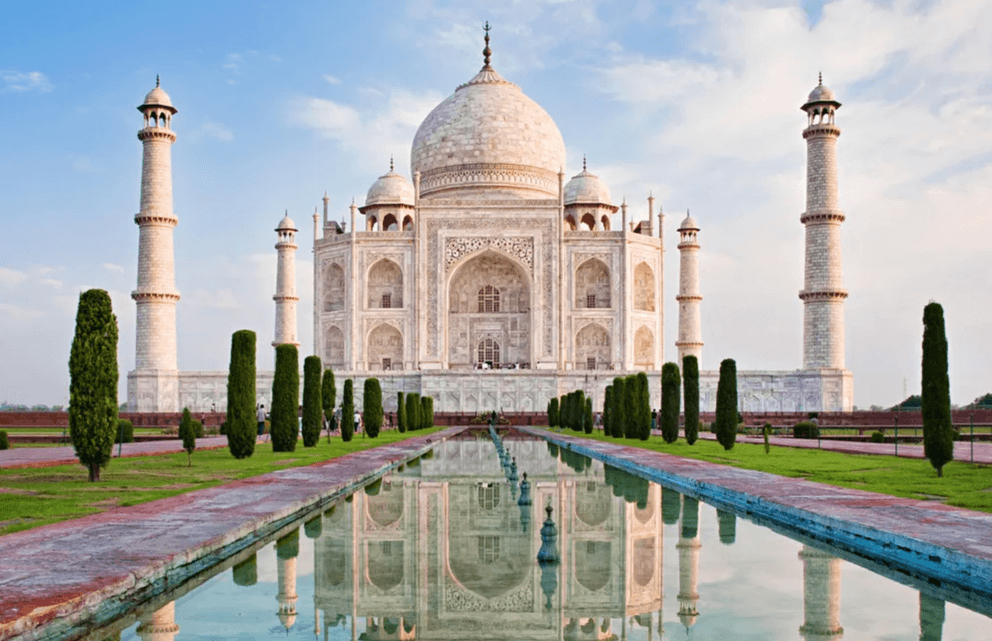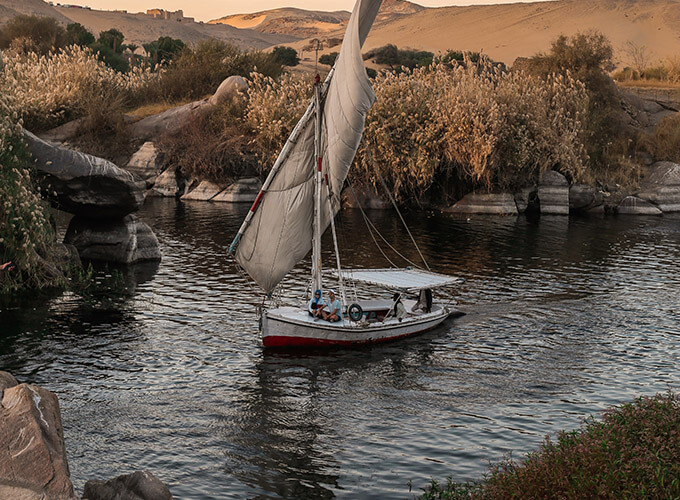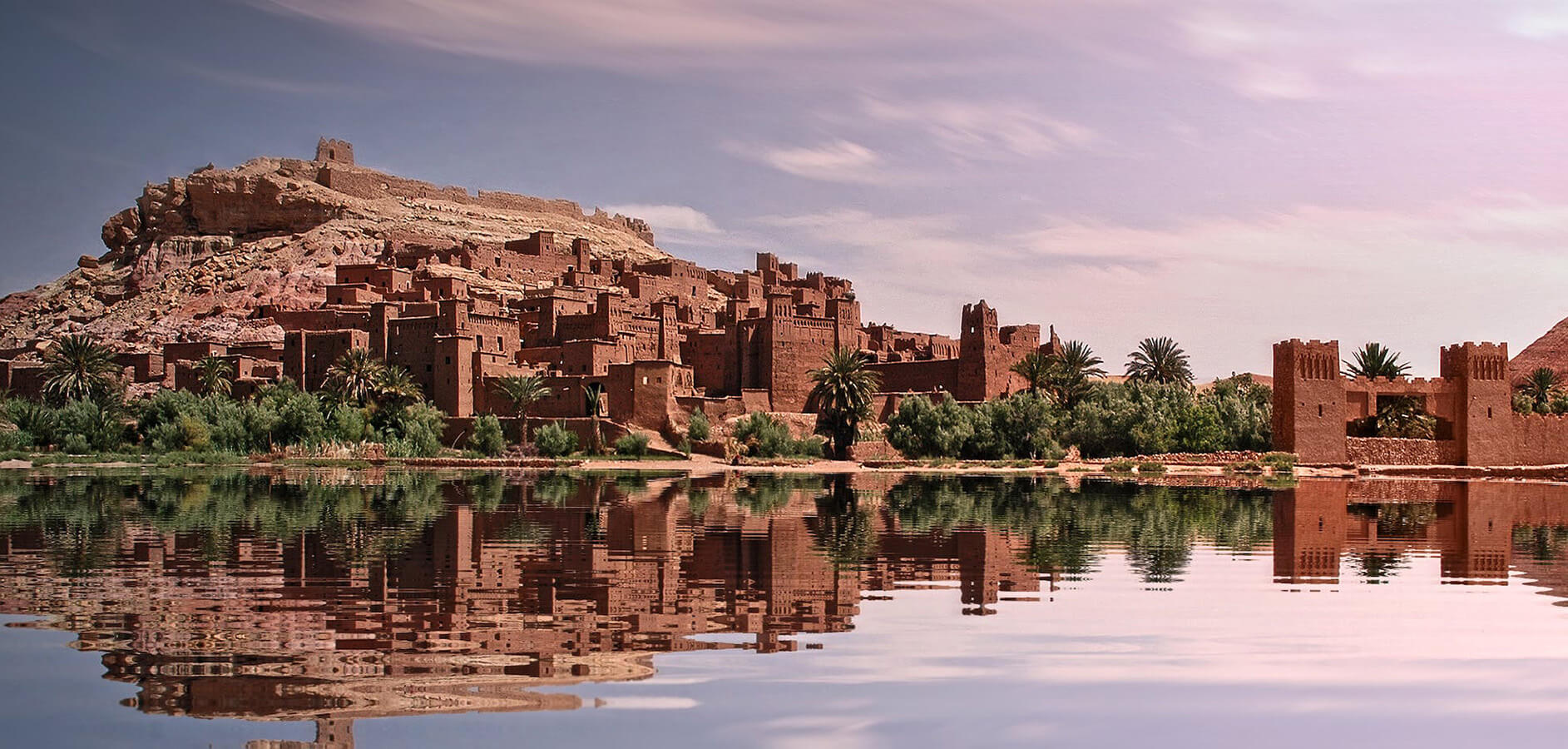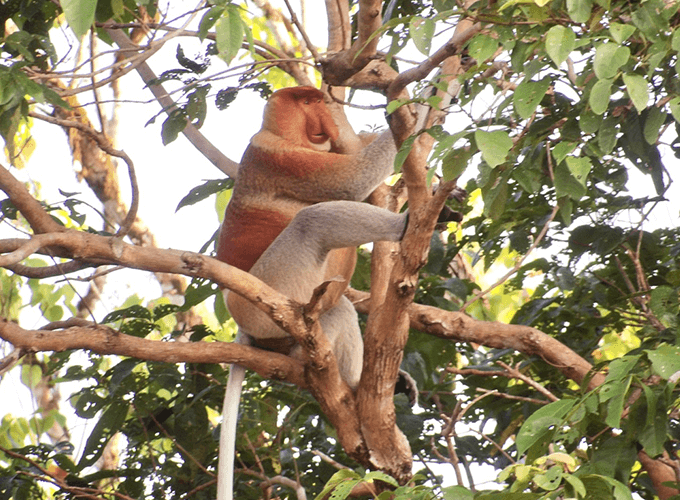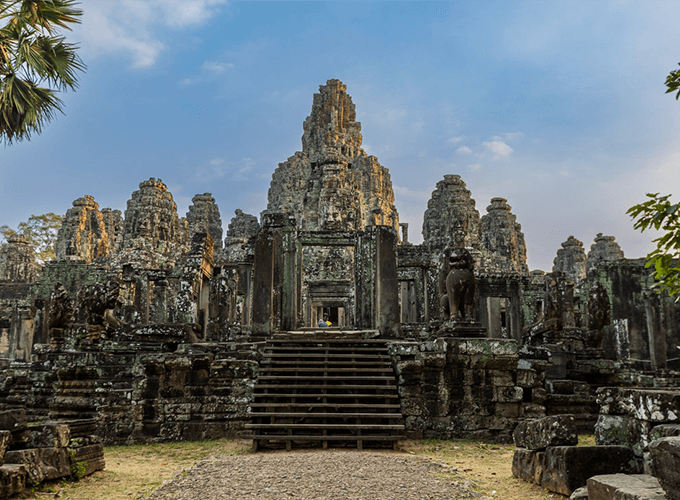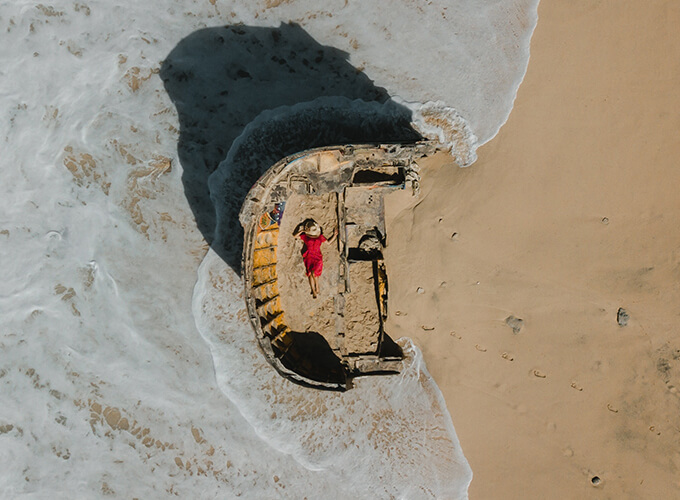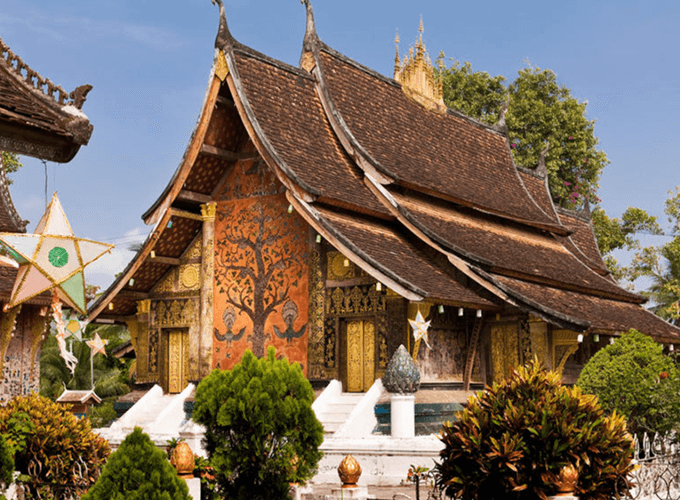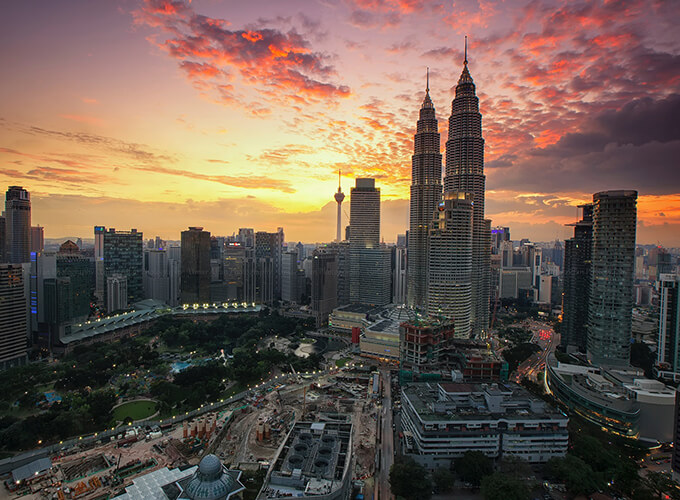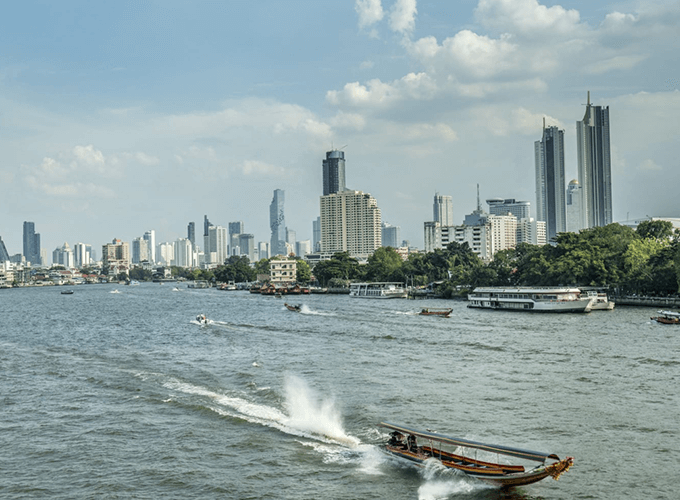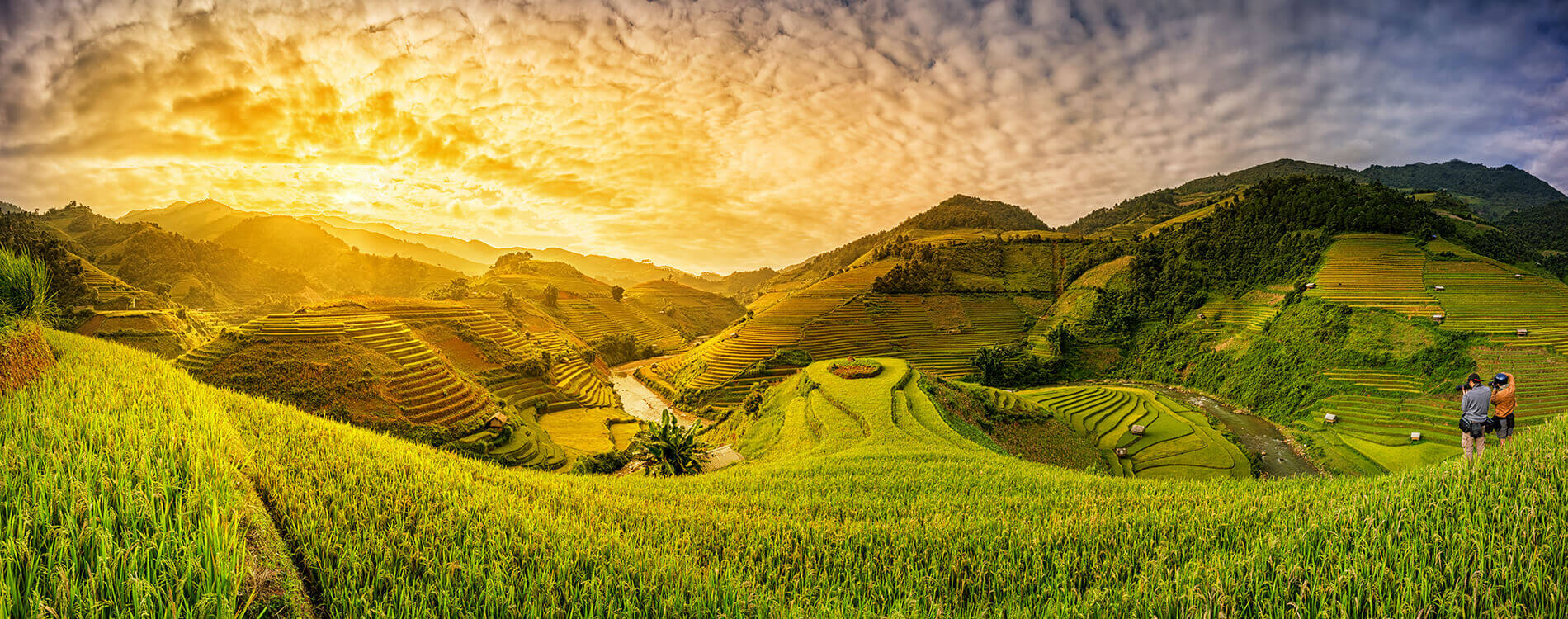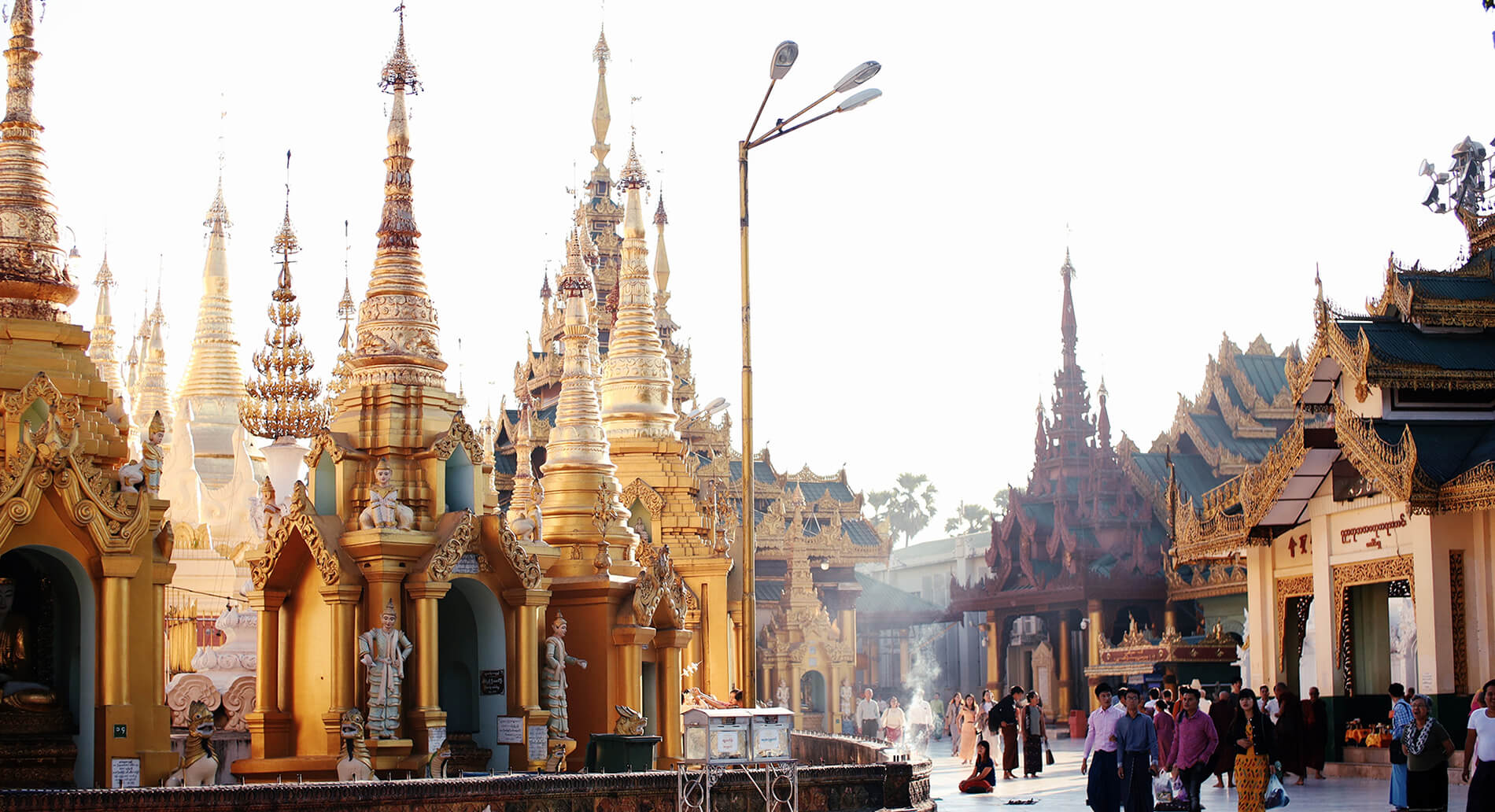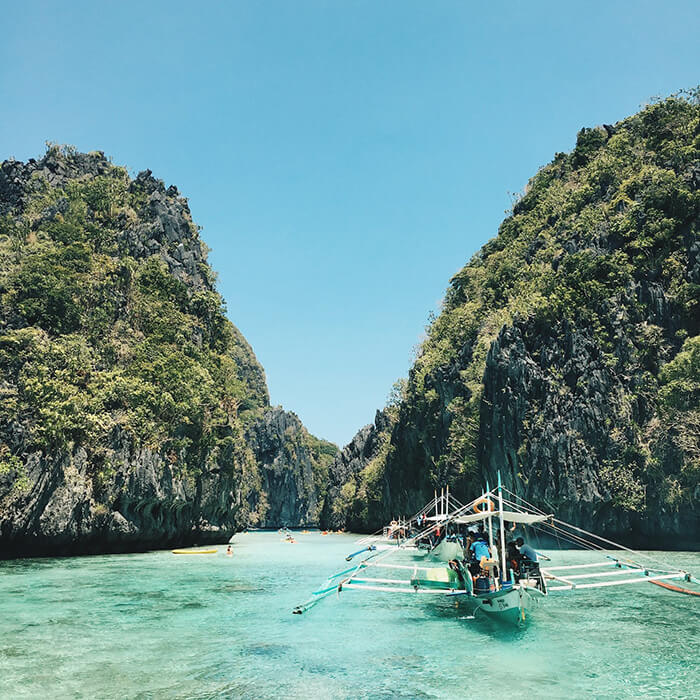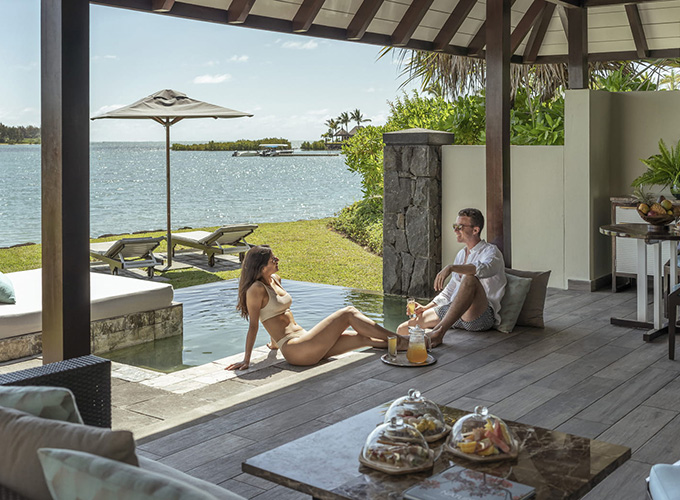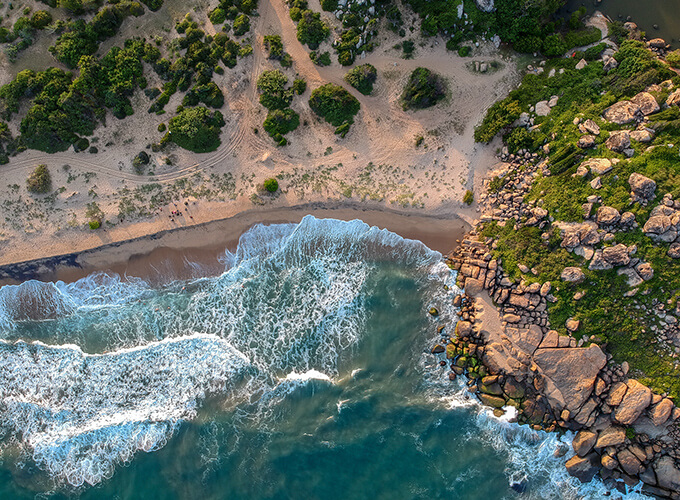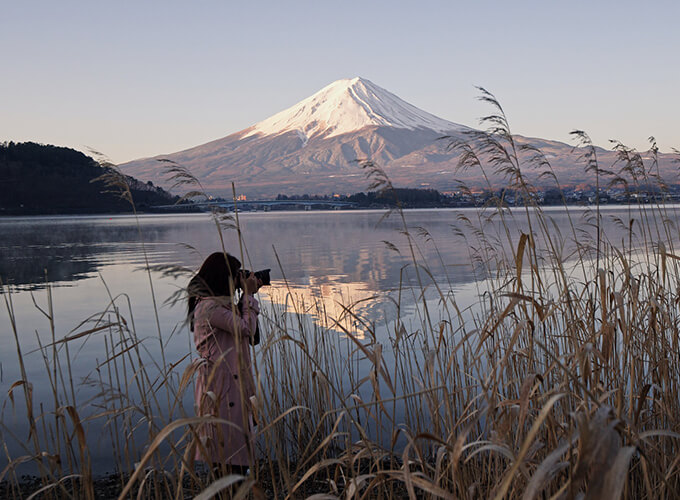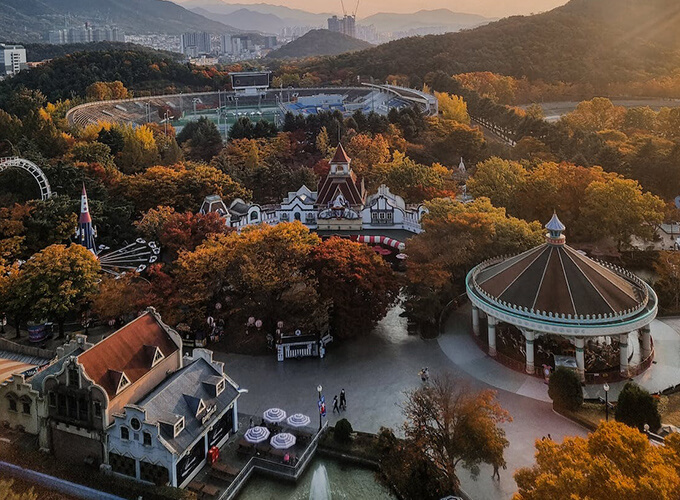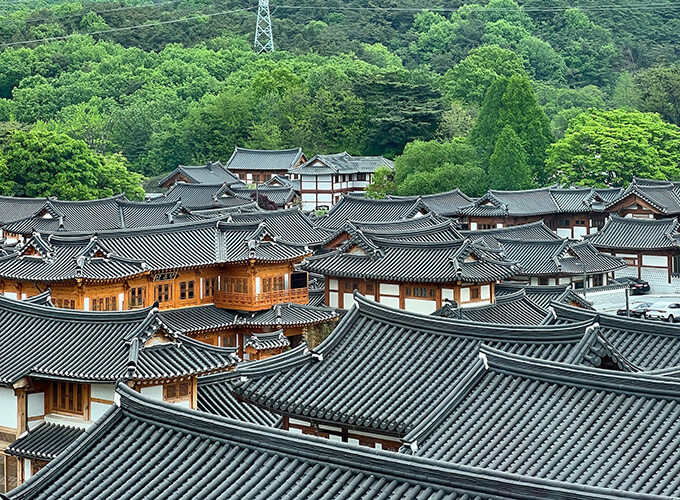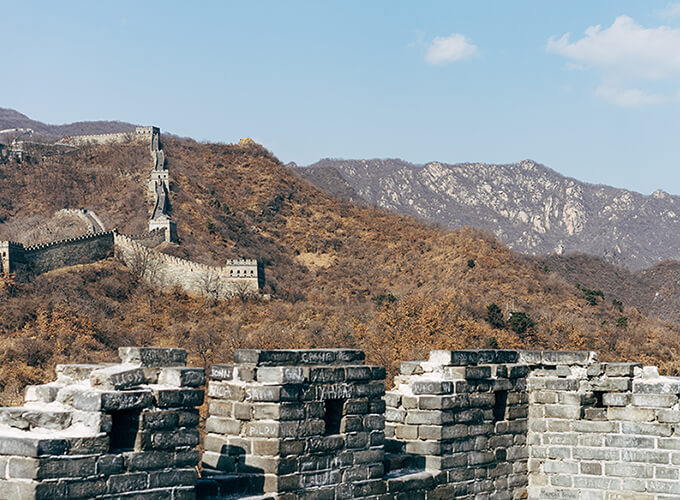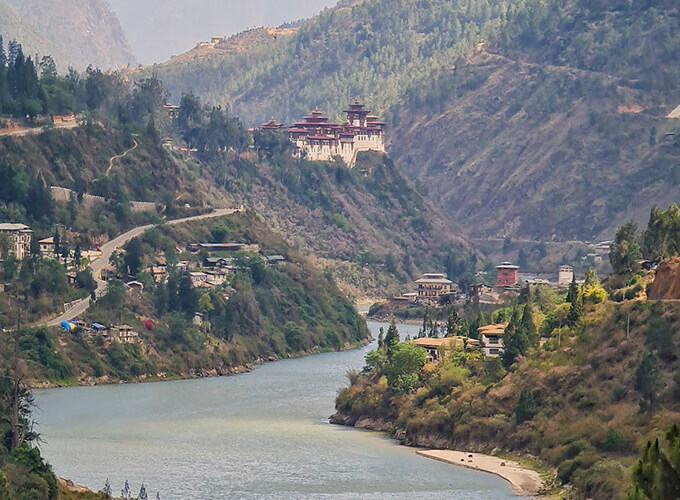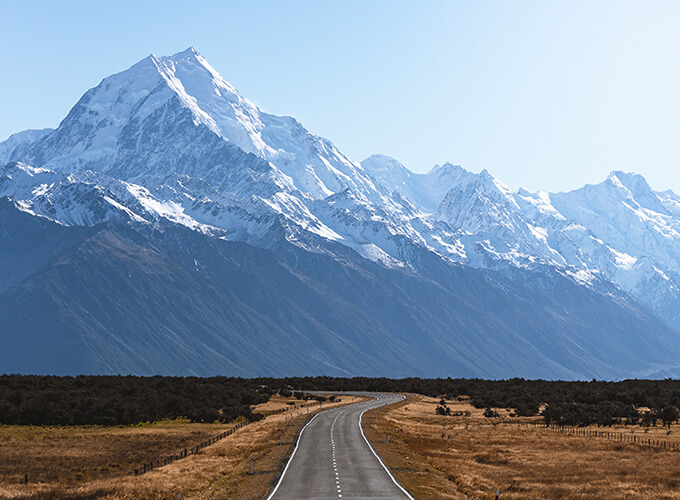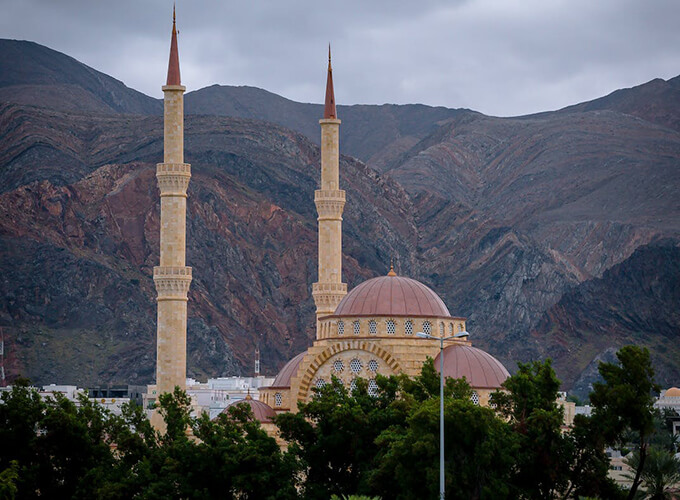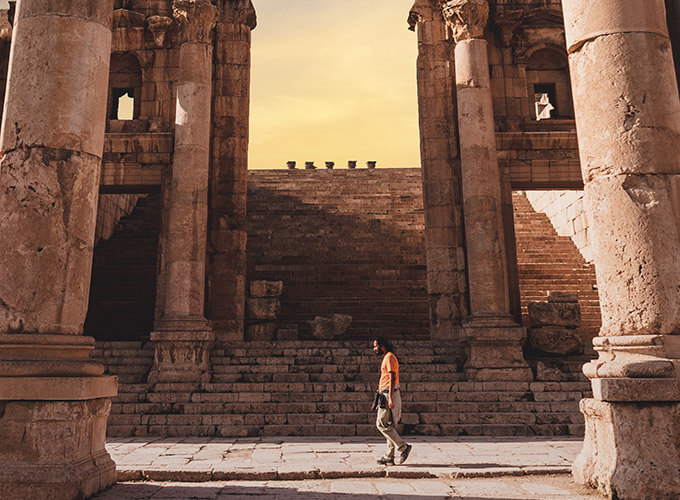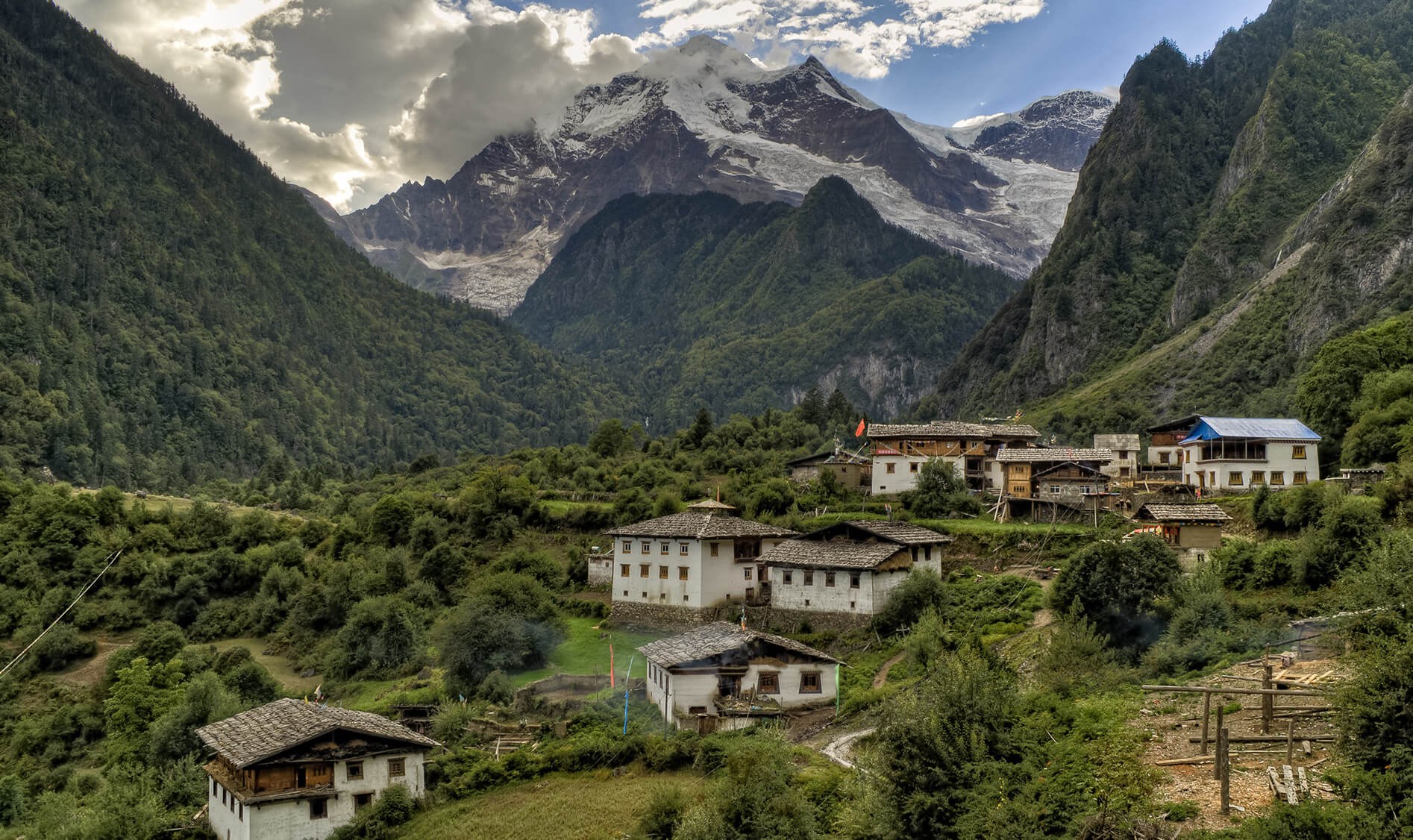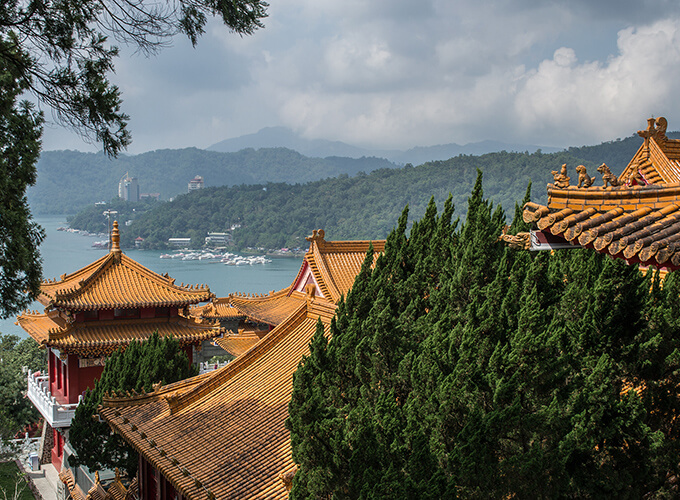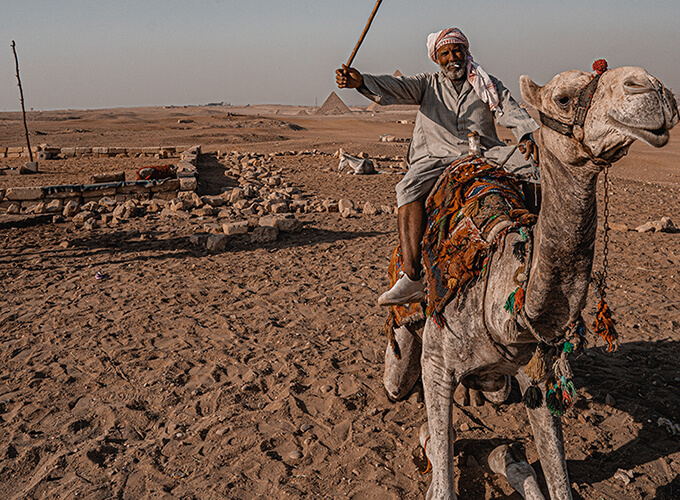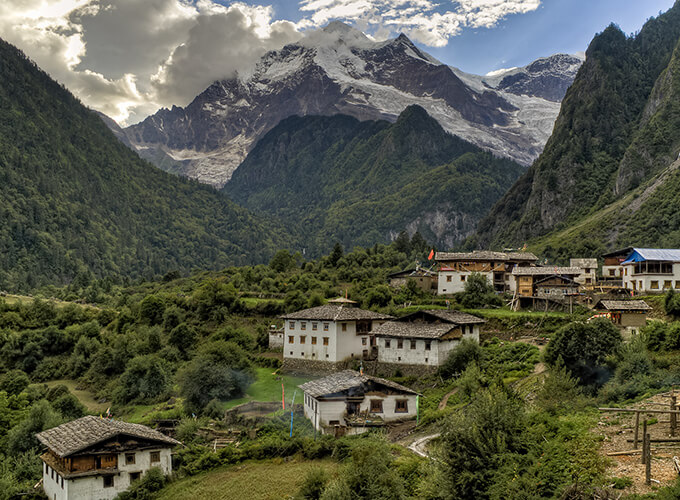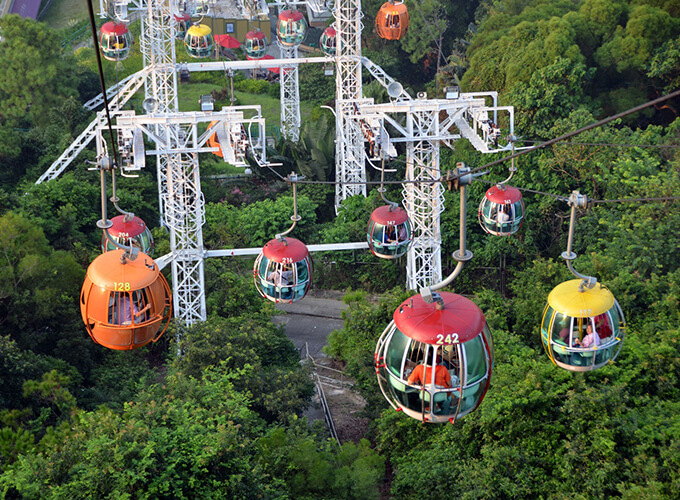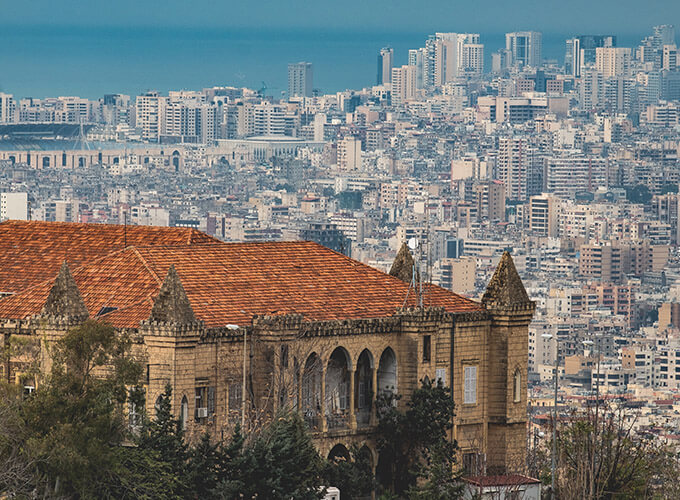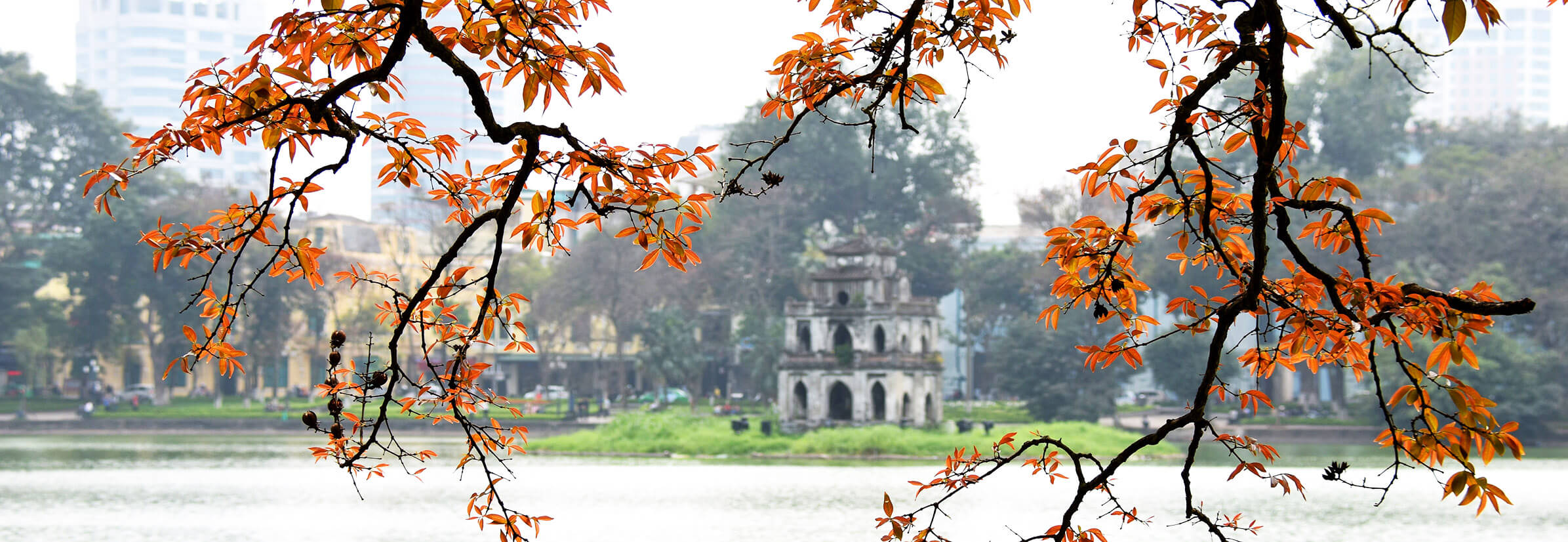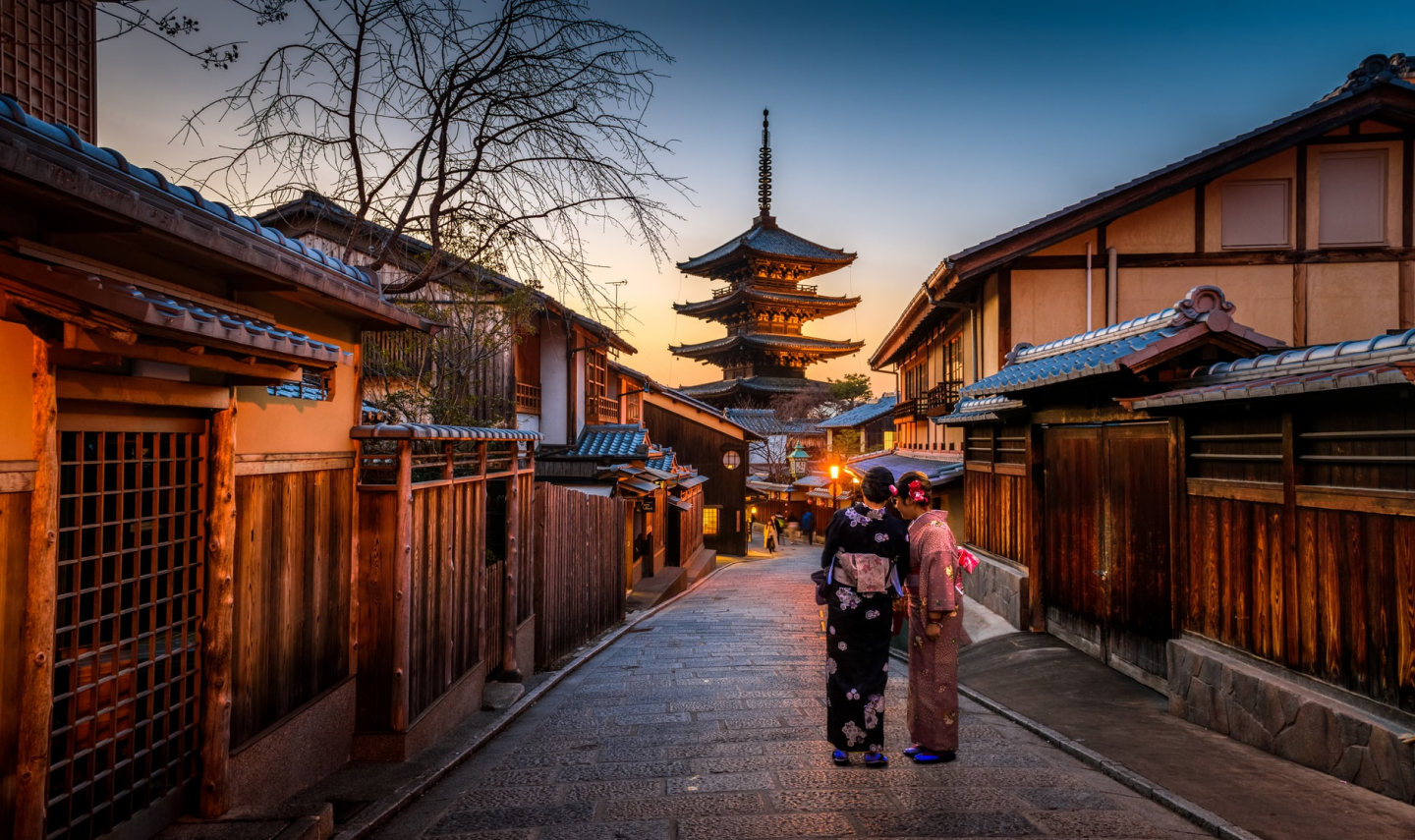In 1990, a hunter named Ho Khanh from the nearby hamlet of Ban Ho discovered a massive cavern in the limestone cliffs of Phong Nha-Ke Bang National Park. From within the cavern, he could hear the roar of a river. The discovery piqued the interest of speleologists, and ever since then, the area has been at the forefront of cave study.
The introduction of electricity to several of the caverns has resulted in a constant stream of tourists. Some require a multi-day jungle trek, while others are only accessible by foot. On an adventurous trip around Vietnam, I concentrated on some of the top experiences in the area, both below and above ground. A highlight was exploring Phong Nha's caving wonderland, which offers incredible stalactite-filled caves perfect for intrepid travelers. For more underground adventures, check out the Vietnam travel guide on My Way Travel.
About Phong Nha-Ke Bang National Park
 Phong Nha-Ke Bang National Park
Phong Nha-Ke Bang National Park
Phong Nha-Ke Bang National Park, which preserves a section of the Annamite Range that extends west into Laos, has been a World Heritage Site since 2003. The British Cave Research Association (BCRA) and former hunter turned caver Ho Khanh have discovered and catalogued more than 300 caves in Asia's oldest karst mountains.
It took Khanh 20 years to find the entrance to the cave he called Hang Son Doong (mountain river cave) again, despite his best attempts. It turned out to be the biggest cave in the world, with a capacity that would enable it to swallow an entire New York City block or act as a hangar for a jumbo airplane. Khanh is now a professional cave tour guide. In addition, the BCRA has helped educate locals to become guides and porters, creating much-needed employment possibilities in the impoverished region of Quang Binh.
You may see remnants of the Ho Chi Minh Trail throughout the park and its surrounds, which served as a supply route for the Viet Cong and North Vietnamese forces during the Vietnam War. As I traveled through the area, my guide showed me the bomb craters that appeared as dark green circles against the lighter rice fields.
How to get to the Phong Nha region
Dong Hoi Airport has direct flights to and from Hanoi, and Phong Nha is about an hour's drive away. You can take the local train to Hoi An, which takes around five and a half hours and passes over the magnificent Hai Van Pass, or drive the four hours to Vietnam's royal capital of Hue through the Vinh Moc battle tunnels.
Paradise Cave
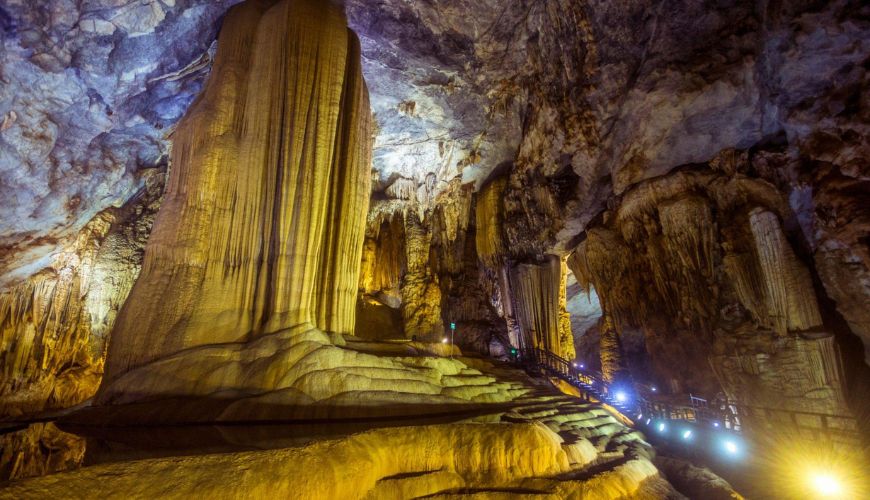 Paradise Cave
Paradise Cave
Upon surveying its 31 km (19 mi) length, a party of besotted Yorkshiremen from the BCRA gave the cave its current moniker, Paradise Cave. Discovered in 2005, the cave is a mystical labyrinth of stalagmites as tall as skyscrapers and stalactites as long as the pipes of enormous church organs. The first kilometer and a half are accessible to tourists, illuminated with the grace of a cathedral, and furnished with wooden pathways and stairs to help visitors negotiate the uneven ground.
Take your time if there's a big crowd when you get to the cave. You can expect crowds since it is Phong Nha's most visited cave. As soon as you enter the cave, though, its cavernous interior swallows up the people. Take a buggy From the parking lot (for a modest price) along a narrow jungle trail and climb 500 stairs to reach the cave entrance.
To reach the cave bed, which resembles a cathedral, one must descend the cave's 283 steps from the cave's tiny entrance. From the 'Waterfall from Heaven' to the 'Meeting Room,' each area is called for its most prominent feature.
Phong Nha Cave
 Phong Nha Cave
Phong Nha Cave
The caves in Phong Nha, whose name translates to "wind and teeth," are filled with stalactites and stalagmites that are as white as milk. The cave was an important part of the Ho Chi Minh Trail and served as a hospital and weapons cache for the Viet Cong during the Vietnam War.
You may access the cave via longtail boat since the Son River, which created it in the first place, still flows through it. After a relaxing half-hour journey down the river, your boat captain will turn off the motor so you may paddle through the unremarkable gateway.
Within, the cave widens out, and the electric illumination reveals walls lined with stalactites that resemble the work of Gaud. Some caves and caverns go on for around 8 kilometers (about 5 miles). You'll arrive at a hidden beach after traveling approximately 1 mile (1.5 km) by boat inside the cave. Cung Dinh (Court Cave) is a cavern with a feature that resembles a throne with elephants on each side if you squint just so. The journey around the cave is round.
Hang En Cave trek
The experience of spending the night in a cave is unlike any other. And that is what you will do when going to Hang En Cave. It takes at least a day to hike to the deepest, darkest forest areas in Phong Nha, where the biggest (and most magnificent) caverns are located. Because of its restricted access, the park can maintain its immaculate condition, welcoming just a few people daily. Local guides lead the trips with a 'leave no trace' mentality.
You may choose from several walks that last anywhere from one to four days. It takes a small group of people two days to hike to Hang En, the world's third-largest cave by volume. You'll need to be physically fit to complete the 22 kilometers (13 miles) of trekking and four kilometers (two and a half miles) of caving.
Your day in the park begins with a pre-departure safety lecture. The dense vegetation made it almost impossible to see the trailhead when my party and I got out of the van.
 Hang En Cave
Hang En Cave
A tiny path carried us sharply down the valley below as our guide, Ksana, led us past clumps of fan palms and into the forest. The first hour or two is the most difficult, but then the evergreen forest thins out, and you're walking on the level floor of the basin. The Song Con River winds down the valley like a coiled snake, gliding smoothly over the smooth stones.
Ksana and our porters treated the swift current as little more than a minor inconvenience on their way to the other side. At first, I was as steady as a newborn deer while fording rivers, but we were all wading over them easily after a while. Occasionally, a water buffalo would join us by the river, and we'd see the bright colors of a butterfly flitting through the leaves.
We'll have lunch at Ban Doong, a little community seemingly materializing out of the forest thanks to its collection of stilts and wooden buildings. Ban Doong is the sole town in the park, home to a tiny minority group. For weeks, residents of the flooded villages must wait out the annual floods. A small older woman with gapped teeth stood guard over us while we ate our fresh summer rolls, puffing on her pipe.
You'll first see Hang En Cave as a gaping opening in a limestone cliff with a towering mound of rocks obstructing the approach. Wearing a caving cap and gloves (for traction on the slick rocks), you will enter the cave system from a side fissure and follow the Rao Thuong River far down. The main chamber is at the far end of a rocky incline leading to a hidden lake.
 Hang En Cave Camping
Hang En Cave Camping
You may ride a raft across the lake to a beach of black sand where a row of tents is carefully lined up against the backdrop of towering cave walls rising more than 100 meters (328 feet) above. When you arrive, you'll find a temporary kitchen and restroom tent fully set up and ready to go. As the sun sets, rays of light shine through a hole in the ceiling, illuminating glistening clouds of black swifts returning to their nighttime roost.
Before eating dinner by torchlight and sampling the local rice wine (stored in water bottles; trust my first-hand knowledge and keep the two distinct), you may go for a swim.
You spend the following day exploring further into the cave. You may use your light to examine anything from rimstone pools to stalactite grottoes. A death's-head hawkmoth, its wingspan greater than my palm, was stretched out on a rock. It was probably 300 million years old, and our guide shined the light of her torch past it to show us coralline fossils.
You spend the remainder of day two going back through the forest by walking, wading, and climbing. Watch out for the rainbow of butterflies that land on the riverbank stones at each rest break. But keep your distance since they're probably drinking water buffalo pee with added sugar.
The last stretch of the trail is a strenuous ascent through a rainforest so dense that the chirping of cicadas and crickets drowns out all other noise. A refreshing drink and a breathtaking view of the forest canopy await you as you emerge from the basin's crest and make your way to the road.
Where to stay in Phong Nha
 Chay Lap Farmstay
Chay Lap Farmstay
The giant hand coming from the grass and pointing toward the pool was the first thing I observed when I arrived at Chay Lap Farmstay. A prop was used in filming King Kong in the area in 2005. The lake stands out more than the monster's hand against the backdrop of a crumpled limestone ridge, foamy with dark-green flora.
The little villagers of Chay Lap now have a source of income thanks to establishing the community-run guesthouse, Chay Lap Farmstay. Not the most opulent stay, but the apartments and cottages are pleasant and surrounded by organically grown tomatoes, lemongrass, and bamboo shoots. If you can't make it to the farm, you can always enjoy the fruits of your labor at the restaurant; the goi xoai (green mango salad) is fantastic.
You can reach the caverns from the farm in half an hour. You may rent kayaks and canoes from the hotel's riverfront café and ride bikes into the scenic countryside.
Start planning your trip to Vietnam
Start thinking about your experience. These itineraries are simply suggestions for how you could enjoy some of the same experiences as our specialists. They’re just for inspiration, because your trip will be created around your particular tastes.




